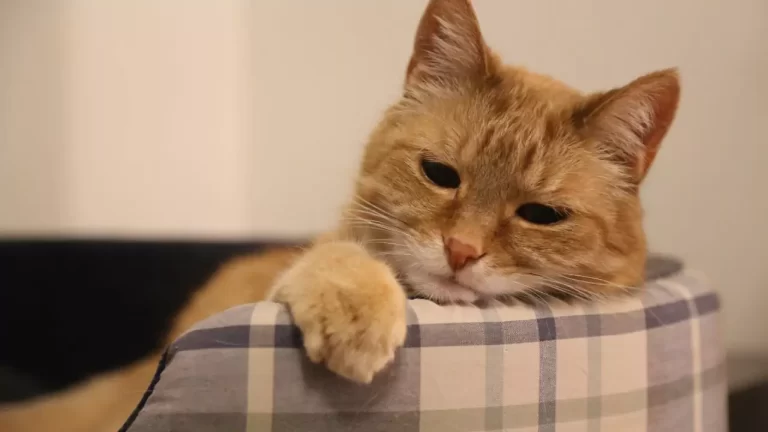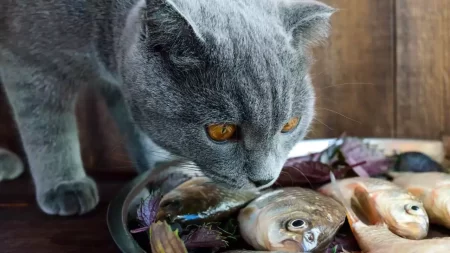For busy cat owners, preventing boredom in their feline friends can be a challenge. Cats are intelligent, active animals that need mental stimulation and exercise.
When left alone for long periods without enrichment, cats can become stressed, and depressed and engage in destructive behaviors.
Providing a stimulating home environment is key to keeping your cat happy and well-behaved when you are away.
This article outlines 5 tips busy owners can use to prevent boredom and frustration in their cats.
Understanding Cat Boredom
Signs of Cat Boredom
Knowing the signs of a bored cat is the first step in preventing boredom. Common indicators include excessive meowing or vocalization, furniture scratching, knocking objects off counters, and aggression. A bored cat may also sleep excessively or seem depressed. You may come home to find your cat has scattered their toys everywhere or unraveled the toilet paper. These are all clues that your cat needs more stimulation.
Effects of Cat Boredom on Behavior
A lack of activity and enrichment can negatively impact a cat’s physical and emotional health. When cats don’t expend their energy in healthy ways, they may resort to destructive behaviors like scratching furniture, aggression, or obsessive-compulsive disorders. Boredom weakens the human-animal bond and erodes trust. Preventing boredom leads to a happier, better-behaved cat.
Tips to Prevent Boredom in Cats
Create a Treasure Hunt with Toys
Hide your cat’s favorite toys around the house and rotate them daily to create a stimulating treasure hunt while you’re away. Place toys in paper bags, boxes, and behind furniture so your cat can pounce on them and engage their natural hunting instincts. Food dispensing balls also allow cats to “hunt” treats.
Provide Interactive Toys and Puzzles
Look for toys that make your cat work for a reward like puzzles, treat balls, and feeders. These provide physical and mental stimulation by tapping into your cat’s problem-solving skills and predatory drive. Tower puzzles with levels, circular rolling toys and treat mazes encourage play.
Use Food-Dispensing Toys and Treat Puzzles
Incorporating their meals into challenging food puzzle toys is an excellent way to occupy your cat’s time and energy. Food dispensing balls and wobbling puzzles make them work to get their food out. Start slow with easy puzzles and increase the difficulty over time to keep them challenged.
Set Up a Bird Feeder or Bird-Watching Area
Install a bird feeder or birdhouse outside a window your cat can observe. Watching and listening to outdoor birds and wildlife will capture their attention and prevent boredom. Make sure the window is secure so they can’t escape and harm birds.
Create Vertical Spaces for Climbing and Exploration
Use wall-mounted cat towers, shelves, and climbing posts to create vertical space for jumping and climbing. This allows them to utilize their natural agility and satisfies their curiosity. Rotate and rearrange towers to create new paths and spaces to explore.
Making Time for Play and Interaction
Importance of Quality Playtime
Dedicate at least 15-30 minutes per day to interactive play with your cat using fishing pole-style toys. This allows important bonding time and meets their exercise needs. Stop play before they lose interest to keep them stimulated. Interactive play also prevents behavior issues caused by boredom.
Incorporating Play into Daily Routines
Schedule playtime right before mealtime when cats have peak energy. Use play to direct their energy toward appropriate toys rather than inappropriate scratching. End playtime with a meal to satisfy their hunting urge. Integrate play into wakeup and bedtime routines as well.
Bonding with Your Cat Through Interactive Play
Interactive play strengthens trust and socialization between you and your cat. Let them “catch” the toy and praise them for their hunting skills. Use toys that allow them to simulate pouncing, biting, and scratching. Seeing you as an engaging playmate prevents boredom.
Engaging in Play with Other Pets
If you have multiple pets, make sure each one gets dedicated interactive playtime. Cats can play together but still need one-on-one interaction with you. Supervise play to ensure it remains positive. This prevents conflict and boredom.
Conclusion
Preventing boredom improves cats’ well-being and your relationship with them. By providing a stimulating home environment, dedicated playtime, and using enrichment strategies, busy owners can keep their cats happy and healthy. Stop boredom before it starts by incorporating these tips into your cat’s routine. A little planning goes a long way in providing your cat with the mental and physical exercise they need.







